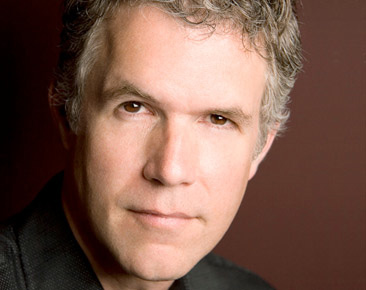
 Every January, or thereabouts (January to April or so) I publish an annual bluegrass music quiz, known officially as the Bluegrass Knowledge Test, or BKT (believe me, it took numerous meetings, presentations, and the formation of several committees to come up with that highly creative title).
Every January, or thereabouts (January to April or so) I publish an annual bluegrass music quiz, known officially as the Bluegrass Knowledge Test, or BKT (believe me, it took numerous meetings, presentations, and the formation of several committees to come up with that highly creative title).
The BKT (I’d like my mayo on the side, by the way) was designed to quantify people’s knowledge of bluegrass music, assigning it a number, which we can then use to rate ourselves and each other accordingly. And, after all, what is society good for if not for ranking and classifying one another?
At the end of the test, you’ll be given a number from 1 to 5, based on how many correct answers you gave. If you’re like me, you’ve forgotten what the numbers signify. If you’re really like me, you’ve also lost your copies of the previous two tests which contained those explanations, so I’ll have to loosely recreate them here (i.e. I’ll have to wing it):
I do remember that we had seven questions, because it’s a nice odd number.
If you answer zero to one question correctly, you’re a “1.” You know absolutely nothing about bluegrass music. You’re pretty sure it’s supposed to be called “blues-grass,” and you just stumbled on to this article accidentally while searching the internet for discounted grass seed for next spring.
If you answer two to three questions correctly, you’re a “2.” You know almost nothing about bluegrass, but have probably developed strong opinions about it anyway.
If you answer three to four questions correctly, you’re a “3.” You know quite a bit about bluegrass, but not enough to start wearing eccentric clothes.
If you answer five to six questions correctly, congratulations! You can consider yourself an expert. You probably know all the words to Little Bessie (long form) and may have had trouble getting dates in high school.
And I do remember this one from before: If you answered all seven questions correctly, you’re still Neil Rosenberg, and why are you taking this test again?
You may have worked hard in the past year to try and increase your number, just as you would your credit score, though the chance that your Bluegrass Knowledge Scale (BKS) number will affect your odds of getting a mortgage is pretty slim. Still, it’s a goal to strive for.
On the other hand, you may be one of the few who have decided they already know too much about bluegrass and were working to shed some of that knowledge and get a lower score. Emptying your brain of bluegrass facts is harder than it sounds, and involves going on a tomato soup-based diet, doing a lot of painful and awkward exercises, listening to Strauss waltzes, and watching Bewitched reruns. It’s not for the faint of heart.
Whichever direction you were hoping to move on the BKS good luck to you. Please don’t look over the shoulder of the person sitting behind you; this can cause neck injuries, and it probably won’t help you anyway.
Note: the questions will start off easy, then gradually become absurdly difficult, or at least absurd:
1. Bill Monroe was referred to as:
A. The Father of Bluegrass
B. The Father of The Shock Absorber
C. The Father of Marilyn Monroe
D. The fifth president of the United States
2. The three-finger banjo style used in bluegrass music was popularized by what legendary musician?
A. Earl Scheib
B. Earl Scruggs
C. Wayne Newton
D. Ravi Shankar
3. Before J.D. Crowe’s band was called “The New South,” what was its name?
A. The Old South
B. Crowe and Them
C. J.D. Crowe and the Kentucky Mountain Boys
D. The Crowe Identity
4. Besides the five original instruments used in bluegrass music, what instrument was introduced to the genre in the 1950s and later accepted as a standard bluegrass instrument?
A. The trombone
B. The Dobro, or resonator guitar
C. The steel drum
D. The compass
5. The first bluegrass recording of Molly and Tenbrooks was made by:
A. Bill Monroe
B. Ian and Sylvia
C. The Stanley Brothers
D. Lorne Greene
6. Complete this line of the Stanley Brothers’ “Rank Stranger”: “They’ve all moved away said the voice of a stranger, to a beautiful home by the . . .”
A. “Bright crystal sea”
B. “Aegean Sea”
C. “The new KFC”
D. “George Washington Bridge”
7. What do Don Reno, Rudy Lyle, Blake Williams, and Jack Hicks all have in common:
A. They’ve all been extras on the TV series Nashville
B. They’re all tournament-level cribbage players
C. They were all at one time members of Blood Sweat and Tears
D. They all played banjo for Bill Monroe
There, now wasn’t that . . .?
A. Easy
B. Hard
C. Hard-driving
D. A waste of precious time
Answer key: 1:A, 2:B, 3:C, 4:B, 5:C, 6:A, 7:D




